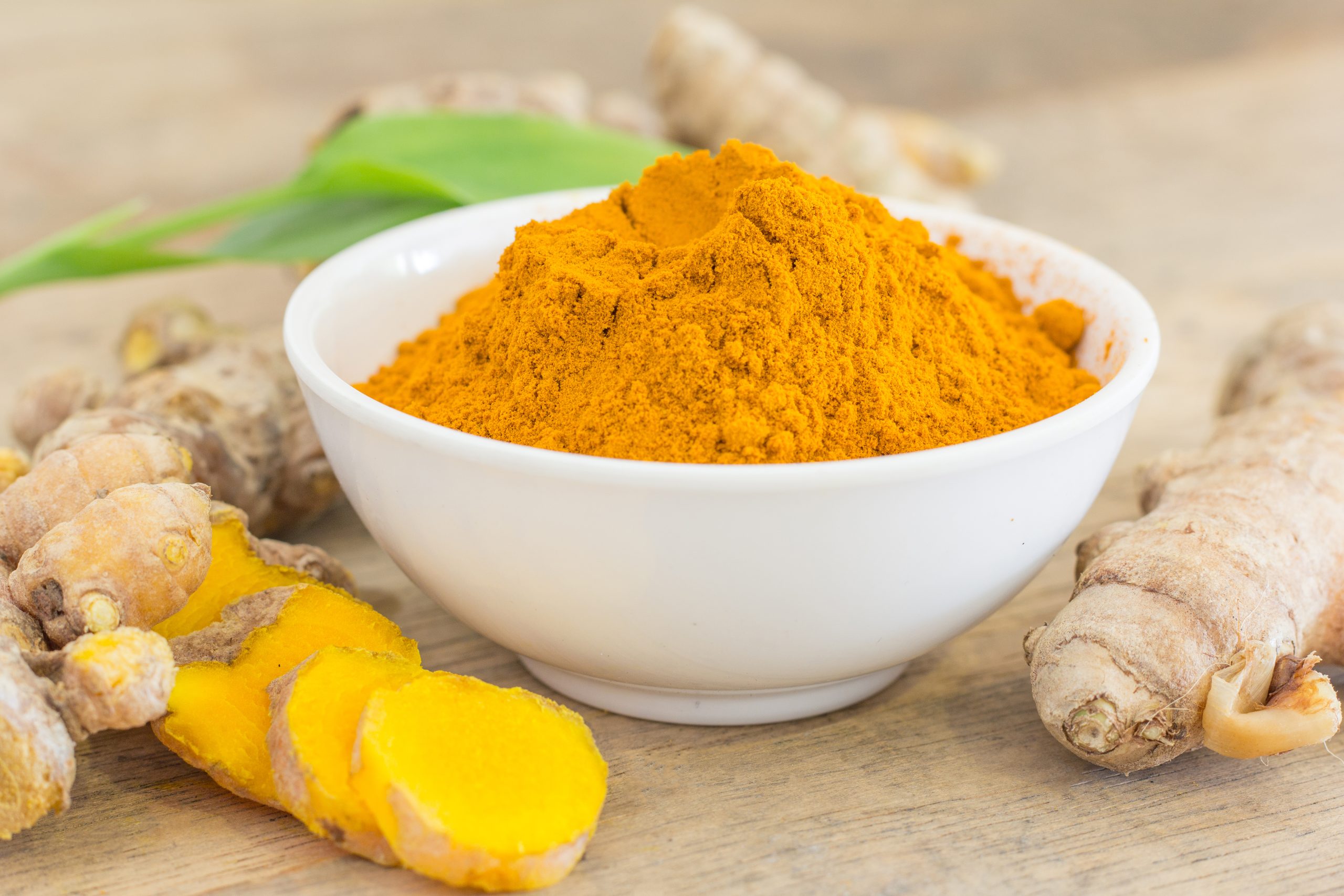Blog
Turmeric: The Golden Spice’s Top 10 Health Benefits and How to Use It

Introduction to Turmeric
Turmeric (Curcuma longa) is a vibrant yellow-orange spice derived from the rhizome of a plant in the ginger family. Native to Southeast Asia, it has been used for over 4,000 years in Ayurvedic and traditional Chinese medicine for its anti-inflammatory, antioxidant, and digestive properties 49. Its primary active compound, curcumin, is responsible for most of its health benefits, though bioavailability is low unless paired with enhancers like black pepper (piperine) or fats
2. Quick Facts
| Attribute | Details |
|---|---|
| Scientific Name | Curcuma longa |
| Family | Zingiberaceae (ginger) |
| Active Compounds | Curcuminoids (curcumin, demethoxycurcumin) |
| Traditional Uses | Anti-inflammatory, digestive aid, wound healing |
| Common Forms | Powder, fresh root, capsules, teas, topical pastes |
3. Nutritional Profile (Per 1 tsp/3g of Ground Turmeric)6
- Calories: 9
- Protein: 0.3g
- Fat: 0.1g
- Carbohydrates: 2g
- Fiber: 0.7g
- Key Nutrients: Iron (1.7mg, 9% DV), Manganese (0.5mg, 26% DV), Vitamin B6 (0.1mg, 6% DV).
4. Top 10 Health Benefits
- Powerful Anti-Inflammatory Effects
Curcumin inhibits inflammatory molecules like NF-kB and COX-2, reducing chronic inflammation linked to arthritis, heart disease, and cancer 179. - Antioxidant Boost
Neutralizes free radicals and enhances the body’s antioxidant enzymes, protecting cells from oxidative damage 18. - Supports Brain Health
Increases brain-derived neurotrophic factor (BDNF), potentially delaying Alzheimer’s and improving memory 17. - Heart Disease Prevention
Improves endothelial function, reduces LDL cholesterol, and may lower heart attack risk post-surgery 57. - Arthritis Relief
Reduces joint pain and inflammation in osteoarthritis and rheumatoid arthritis, comparable to NSAIDs like ibuprofen 19. - Mood Enhancement
Boosts serotonin and dopamine levels, showing potential in alleviating depression 78. - Digestive Health
Stimulates bile production, aiding indigestion and reducing ulcerative colitis relapse rates 57. - Cancer Prevention
Preclinical studies suggest curcumin inhibits tumor growth and metastasis, though human trials are ongoing 58. - Skin Health
Anti-inflammatory and antimicrobial properties help treat acne, psoriasis, and eczema 48. - Immune Support
Enhances immune response through antimicrobial and anti-inflammatory actions 8.
5. Common Uses
- Culinary: Adds color and flavor to curries, soups, rice, and golden milk.
- Supplements: Often combined with piperine (black pepper) to boost absorption 28.
- Topical: Used in pastes for wounds or mixed with oils for skin conditions 4.
6. Safety and Side Effects**
- Gastrointestinal Issues: High doses (>8g/day) may cause nausea, diarrhea, or ulcers 49.
- Blood Thinning: Avoid with anticoagulants (e.g., warfarin) due to increased bleeding risk 69.
- Pregnancy: Safe in food amounts, but avoid high-dose supplements 46.
- Drug Interactions: May interfere with diabetes medications, chemotherapy, and acid reducers 69.
- Contamination Risk: Some turmeric products contain lead, emphasizing the need for reputable sources 6.
7. Conclusion**
Turmeric, particularly its active compound curcumin, offers diverse health benefits, from fighting inflammation to supporting brain and heart health. While generally safe in culinary amounts, high-dose supplements require caution and medical consultation, especially for those on medications or with chronic conditions. Incorporating turmeric into meals or using well-formulated supplements can harness its therapeutic potential, but moderation and professional guidance are key.
